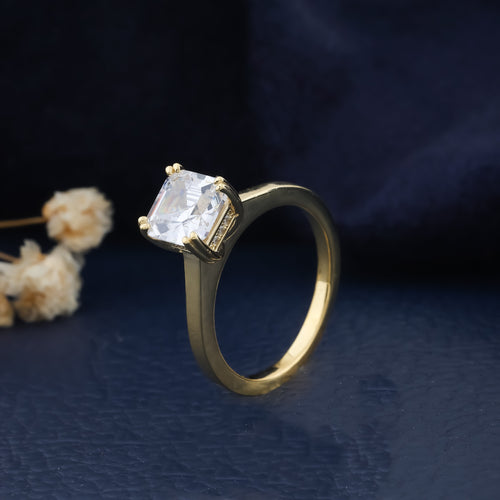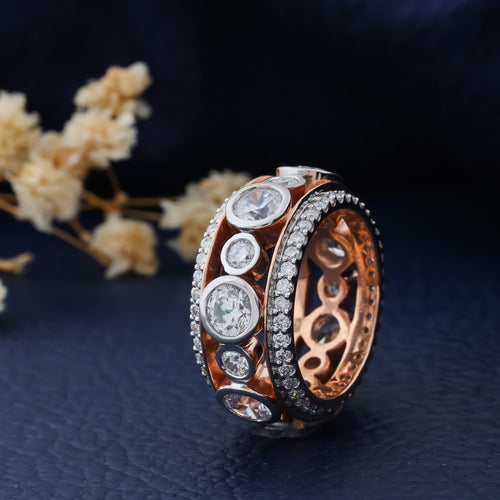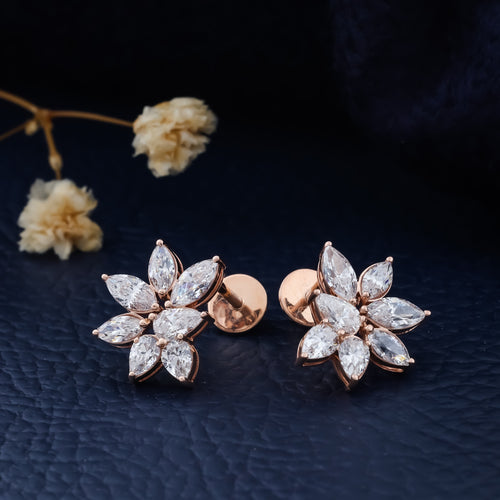Introduction:
In India, gold is more than just a metal — it’s an emotion woven into the fabric of life. Whether it’s a glimmering bridal necklace, a newborn’s tiny gold bangle, or the timeless heirloom passed through generations, gold carries stories, blessings, and wealth. For centuries, gold has been revered as a symbol of purity, prosperity, and divine energy. It stands as both a cultural treasure and a financial anchor — a reflection of India’s deep-rooted traditions and evolving modern sensibilities.
From auspicious festivals like Akshaya Tritiya and Dhanteras to weddings and family celebrations, gold plays a central role in shaping emotional and economic stability in Indian households. But why does gold hold such unmatched importance? Let’s explore the emotional and financial reasons that make gold a timeless obsession in India.
1. Gold: A Symbol of Purity, Love, and Legacy
Gold has always been synonymous with purity and auspicious beginnings. In Indian culture, gold jewelry isn’t just worn — it’s cherished. Brides adorn themselves with layers of gold to symbolize prosperity, fertility, and blessings from the divine. Parents gift gold jewelry to their daughters as a form of security and a token of everlasting love.
Every gold ornament — whether it’s a mangalsutra, bangles, or earrings — tells a story of blessings and emotional connection. These pieces aren’t just jewelry; they become living memories that travel across generations, embodying both beauty and belonging.
2. The Cultural and Spiritual Value of Gold
India’s relationship with gold is deeply spiritual. In Hindu mythology, Goddess Lakshmi, the goddess of wealth, is often depicted seated on a lotus with coins of gold flowing from her hands. Gold is considered sacred, believed to invite divine blessings, and is used in religious rituals, temple offerings, and festivals.
From Diwali to Durga Puja, gold signifies light triumphing over darkness — the embodiment of hope, good fortune, and purity. It’s not uncommon for Indian households to buy gold during auspicious times, as it’s believed to bring prosperity and luck to the family.
3. A Trusted Financial Safety Net
Gold’s financial importance in India cannot be overstated. In times of uncertainty — be it economic downturns, inflation, or global crises — gold remains a dependable asset. Its value rarely diminishes; instead, it often strengthens when other assets weaken.
For millions of Indian families, gold jewelry acts as a form of “emergency savings.” In rural India especially, where access to formal banking is limited, gold provides security. It can be easily liquidated, pawned, or exchanged during financial hardships — making it both an ornament and an investment.
4. Gold as an Investment and Inflation Hedge
Beyond its emotional and cultural appeal, gold is a smart investment choice. With global instability and inflation rising, gold often outperforms other assets like stocks or real estate in times of crisis. Many Indian investors diversify their portfolios with gold, trusting its long-term value.
Gold’s intrinsic value and universal acceptance make it an ideal hedge against inflation and currency depreciation. Modern investors now explore digital gold, gold ETFs, and sovereign gold bonds — blending tradition with technology for smarter wealth management.
5. Gold in Indian Weddings: The Eternal Glow of Love
No Indian wedding is complete without gold. From elaborate necklaces and chokers to delicate bangles and anklets, every piece signifies not just style but blessings. Gold jewelry in weddings represents commitment, stability, and honor — a reflection of familial love and heritage.
A typical Indian bride might wear gold jewelry worth lakhs, gifted by her parents and in-laws as part of the wedding rituals. These treasures serve both emotional and financial value — becoming a part of her identity and her new life.
6. The Role of Gold in Festivals and Rituals
During festivals like Dhanteras, Diwali, and Akshaya Tritiya, buying gold is considered highly auspicious. It’s believed that purchasing gold on these days brings endless prosperity. Many families mark these occasions by gifting gold coins or jewelry to loved ones, celebrating abundance and gratitude.
Even newborns are blessed with gold jewelry — tiny earrings, bangles, or anklets — symbolizing protection and good health. Every life event in India, from birth to marriage, is beautifully intertwined with the golden shimmer of tradition.
7. Gold: A Reflection of Identity and Pride
Gold jewelry in India is more than adornment — it’s an expression of identity, craftsmanship, and heritage. From the intricate Kundan and Meenakari work of Rajasthan to the bold Temple Jewelry of South India and the delicate Filigree designs of Odisha, each region tells its own golden story.
Gold also signifies social status and pride. Families often invest in elaborate designs not just for aesthetic reasons, but to display heritage and success. Over time, these designs have evolved — merging modern minimalism with traditional charm — keeping gold relevant across generations.
8. The Emotional Connection That Never Fades
Ask any Indian woman about her favorite piece of jewelry, and chances are it’s made of gold. That heirloom bangle her grandmother wore, the mangalsutra she received on her wedding day, or the delicate gold ring gifted by her parents — each piece holds memories, blessings, and emotions that transcend value.
Gold connects hearts across generations. It carries whispers of love, resilience, and celebration — making it not just metal, but memory, identity, and emotion molded into beauty.
9. The Future of Gold in Modern India
Today, gold continues to shine brightly — both in its traditional form and modern adaptations. With the rise of sustainable and lab-grown alternatives, contemporary jewelers blend ethical craftsmanship with timeless elegance. Designs are now more lightweight, versatile, and suited to everyday wear, appealing to younger buyers.
Digital innovation has also reshaped gold investment — from digital gold platforms to online jewelry customization — keeping the legacy alive in modern ways.
Conclusion:
In India, gold is not merely purchased — it’s celebrated. It holds the power to connect generations, secure futures, and symbolize divine prosperity. Whether cherished for its emotional depth or trusted for its financial strength, gold remains the eternal heartbeat of Indian culture.
It is, and always will be, the metal that defines love, faith, and wealth — a timeless legacy that continues to shine through every Indian home.






0 comments